What happens next in the Ukraine war
The conflict is in a much different place now than it was in February 2022

Grayson Quay
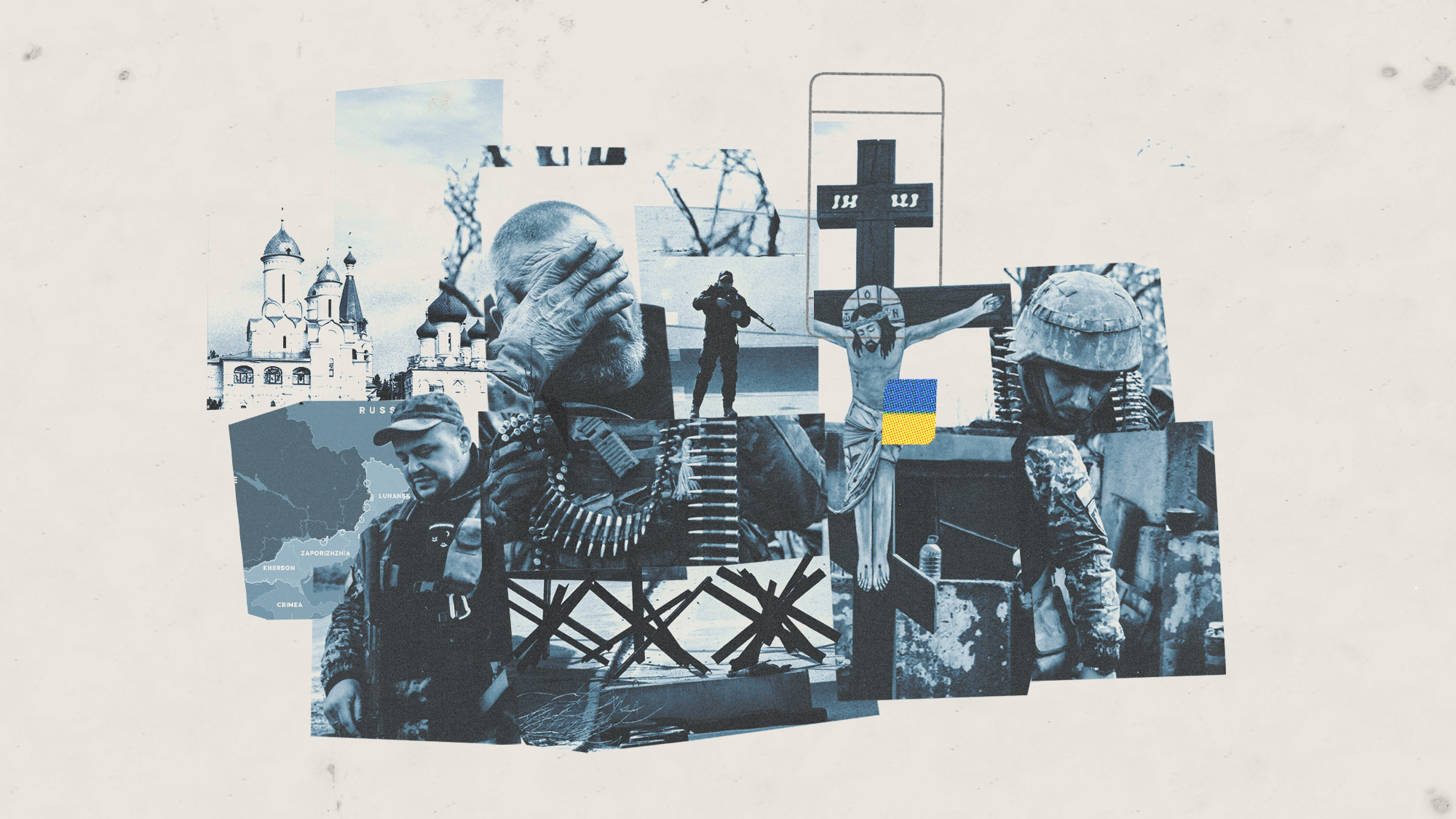
Russia’s plans for a quick conquest of Ukraine have turned into a long and bloody imbroglio. Here's a look at where it’s all heading:
Where does the war stand now?
Ever since Russia invaded Ukraine on Feb. 24, 2022, the conflict has oscillated between periods of Russian offensive and Ukrainian counteroffensive. Moscow’s initial attack captured large sections of eastern and southeastern Ukraine and came close to seizing Kyiv, the capital. Then Ukraine forced Russia to retreat from Kyiv and recaptured Kharkiv province and pushed Russian forces out of Kherson and east of the Dnipro River in the fall. Russia countered with a largely ineffective offensive in early 2023 that culminated in the capture of flattened Bakhmut.
Ukraine is now battling to break through layers of heavy Russian defenses in Donetsk and Zaporizhia provinces, seeking to reach the Sea of Avoz and sever Russia’s captured land route to the occupied Crimean peninsula. Kyiv is under pressure from NATO countries to advance faster after the alliance donated modern tanks and other armored vehicles, medium-range missiles, and lots of ammunition and training for the campaign.
The Week
Escape your echo chamber. Get the facts behind the news, plus analysis from multiple perspectives.

Sign up for The Week's Free Newsletters
From our morning news briefing to a weekly Good News Newsletter, get the best of The Week delivered directly to your inbox.
From our morning news briefing to a weekly Good News Newsletter, get the best of The Week delivered directly to your inbox.
U.S. officials "have been offering detailed guidance to their counterparts, often prefaced with a recognition that no currently serving U.S. officer has fought the kind of relentless, brutal, World War I-style of combat that Ukraine has faced," wrote Washington Post columnist David Ignatius. "U.S. officials believe the Ukrainians are responding positively. But the discussion has been prickly in recent weeks."
"We do not assess that the conflict is a stalemate," national security adviser Jake Sullivan said on Aug. 23, per Politico. "We are seeing [Ukraine] continue to take territory on a methodical, systematic basis." But, he added, "I cannot handicap or predict how things will end up unfolding in the course of this war."
What happens next?
Ukraine is advancing slowly south and east through Russian defensive lines toward the Sea of Azov, incurring and meting out heavy casualties. Russia, for its part, is counterattacking Ukrainian positions farther north. If Russia breaks through, Ukraine will lose a town or two. If Ukraine breaches Russian lines, the Kremlin would have some very difficult decisions to make. Right now, U.S. intelligence reportedly doubts either of those breakthroughs will happen this year.
Fighting Russian forces "has proved to be bloody and slow — a very hard slog" for Ukraine, "but observers would be wise to temper their pessimism," retired Gen. David Petraeus and Frederick W. Kagan argued in the Post. "Defenders can hold for a long time and then suddenly break, allowing an attacker to make rapid gains before the defense solidifies further to the rear. The Ukrainians aim to generate exactly this effect — and there is reason to think they can" push Russia's exhausted, depleted forces "until something breaks, at which point they will commit their reserves and strike."
A free daily email with the biggest news stories of the day – and the best features from TheWeek.com
To do so, they need to have enough trained and healthy troops and enough armor and ammunition to use in the hard slog ahead, said military analyst Franz-Stefan Gady. "In a war of attrition, it's ultimately a race to the bottom, and this counteroffensive will boil down to reserves," he told Politico. The question is now: "Who is going to run out of reserves sooner?"
How many civilian casualties has Ukraine suffered?
Many thousands. According to the United Nations Office of the High Commissioner for Human Rights, at least 9,511 Ukrainian civilians had been confirmed killed and 17,206 injured between the start of the invasion and Aug. 27, 2023. This number includes 2,115 deaths and 2,999 injuries in territory controlled by Russia or the Russian-backed separatist republics.
But the U.N. human rights office said it "believes that the actual figures are considerably higher" all across Ukraine. The Ukrainian National Police put the number of people killed as a result of the Russian invasion at 16,502 as of October 2022. And a U.S. official in May told Fox News that about 42,000 Ukrainian civilians were killed in the first year of the war. Other estimates, like those denoted in a report from Ukrainian news agency Ukrinform, are much higher.
Many of the Ukrainian non-combatants were killed or injured in apparently indiscriminate Russian missile and drone strikes on civilian targets that started in October 2022, after Ukraine recaptured hundreds of square miles of territory in a galloping rout of Russian forces. But there were also hundreds of civilians executed and tortured under Russian occupation early in the war, and certain attacks with high civilian death tolls. Russia’s March 16, 2022, bombing of Mariupol’s Drama Theater killed hundreds of children and adults sheltering inside.
How is Ukrainian morale?
"Ukraine's spirit remains unbroken," Gen. Mark Milley, chairman of the U.S. Joint Chiefs of Staff, said in April 2023, outside of a meeting to coordinate foreign military aid to Kyiv. Polling in Ukraine backs up that assessment, consistently showing that Ukrainians are determined to win back the territory Russia has seized or claimed, and believe they will emerge victorious (take the results of polls from The Wall Street Journal/NORC, the International Republican Institute and Gallup, for example).
"The polls show that Ukrainian morale is high," Mark Temnycky wrote at Emerging Europe in August 2023. Ukrainian civil society has also "contributed immensely to Ukraine's survival and defense, and these people will not back down until their country has won.” This "should not come as a surprise," he added. "For nearly 400 years, the Ukrainians fought for their independence against the Russians" and they "have survived and thrived. The recent invasion is nothing more than another Russian attempt to try and eliminate Ukraine."
Despite that history, when Russian President Vladimir Putin "gave the order to invade Ukraine, he had been led to believe the Ukrainian public would welcome his troops and had been assured that organized military resistance would collapse within a matter of days," the Atlantic Council's Peter Dickinson wrote. "It is now clear that Putin's complete misjudgment of Ukrainian morale was one of the most remarkable intelligence failures of the modern era."
Is Russia able to sustain its war effort?
Some Russian hardliners have lobbied the country's government for a full declaration of war against Ukraine, a move that would enable the full mobilization of Russian reserve forces. So far, though, such a declaration has not been forthcoming. Instead, Russia enacted one "partial mobilization" of 300,000 conscripts and leaned on the Wagner private mercenary army (at least until the group’s brief mutiny in June 2023).
Russia has a much larger population from which to draft soldiers, if Putin decided to fully mobilize. And "at this stage, Putin is preparing for a long war and still hopes to outlast the West. He has a stable home base and sufficient resources to potentially continue the invasion for at least two more years," the Atlantic Council’s Davidson said. But Ukrainian troops know what they are fighting for and believe in their mission, while "Russians have been told they are fighting against everything from NATO expansion and gay parades to Anglo-Saxon Satanists and Ukrainian Nazis." They are cannon fodder, and they are demoralized.
"Napoleon Bonaparte famously observed that three-quarters of military success is down to morale," Davidson added. Putin has been willing to spend lavishly on his war, despite high inflation and sanctions-fueled economic discomfort at home, and has a large arsenal and no significant (living) domestic rivals to make him back down. But despite all that, his long and bloody war of attrition in Ukraine "could change dramatically if his demoralized army refuses to fight."
Peter has worked as a news and culture writer and editor at The Week since the site's launch in 2008. He covers politics, world affairs, religion and cultural currents. His journalism career began as a copy editor at a financial newswire and has included editorial positions at The New York Times Magazine, Facts on File, and Oregon State University.
-
 7 bars with comforting cocktails and great hospitality
7 bars with comforting cocktails and great hospitalitythe week recommends Winter is a fine time for going out and drinking up
-
 7 recipes that meet you wherever you are during winter
7 recipes that meet you wherever you are during winterthe week recommends Low-key January and decadent holiday eating are all accounted for
-
 Nine best TV shows of the year
Nine best TV shows of the yearThe Week Recommends From Adolescence to Amandaland
-
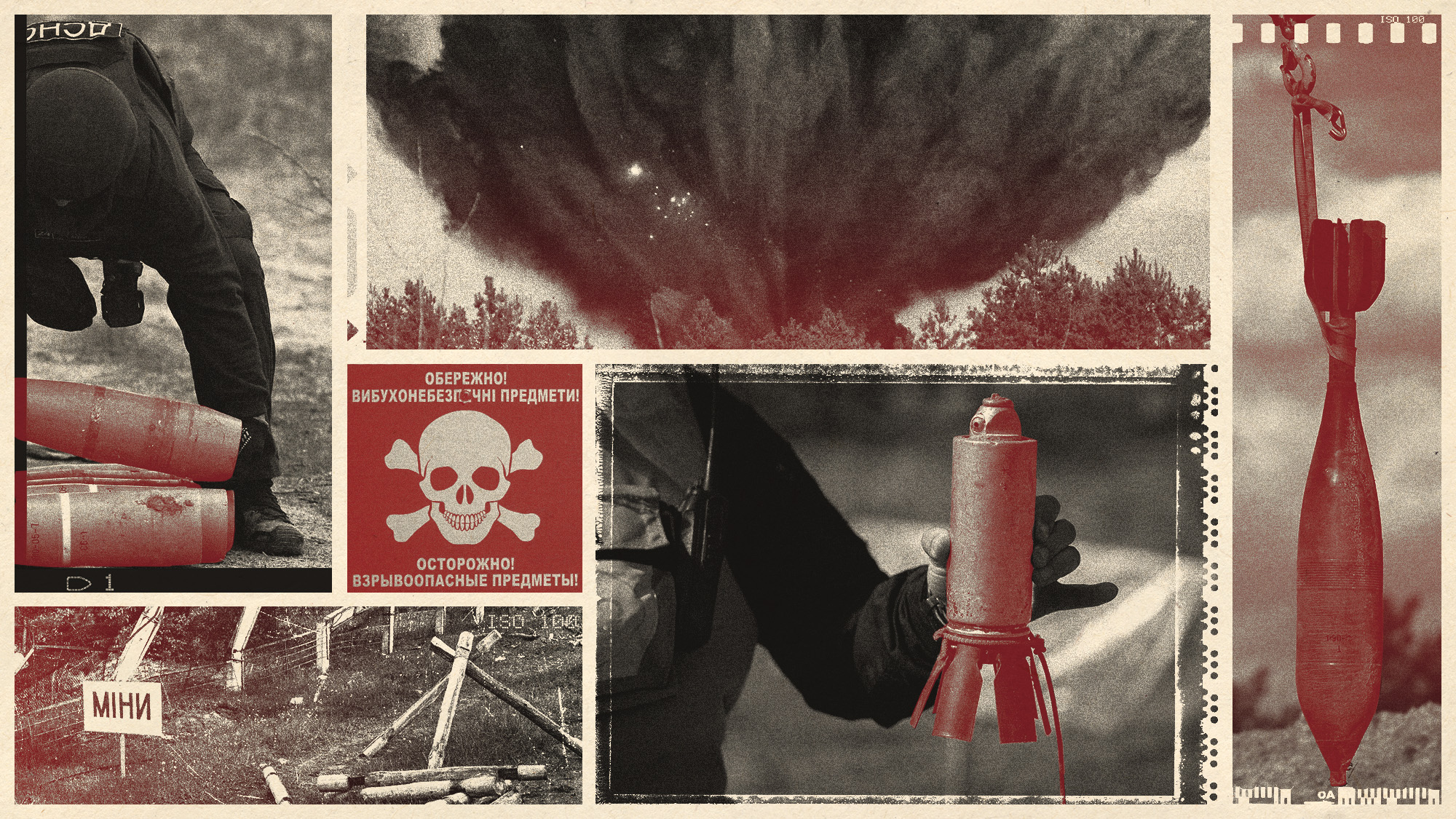 The mission to demine Ukraine
The mission to demine UkraineThe Explainer An estimated quarter of the nation – an area the size of England – is contaminated with landmines and unexploded shells from the war
-
 The secret lives of Russian saboteurs
The secret lives of Russian saboteursUnder The Radar Moscow is recruiting criminal agents to sow chaos and fear among its enemies
-
 Is the 'coalition of the willing' going to work?
Is the 'coalition of the willing' going to work?Today's Big Question PM's proposal for UK/French-led peacekeeping force in Ukraine provokes 'hostility' in Moscow and 'derision' in Washington
-
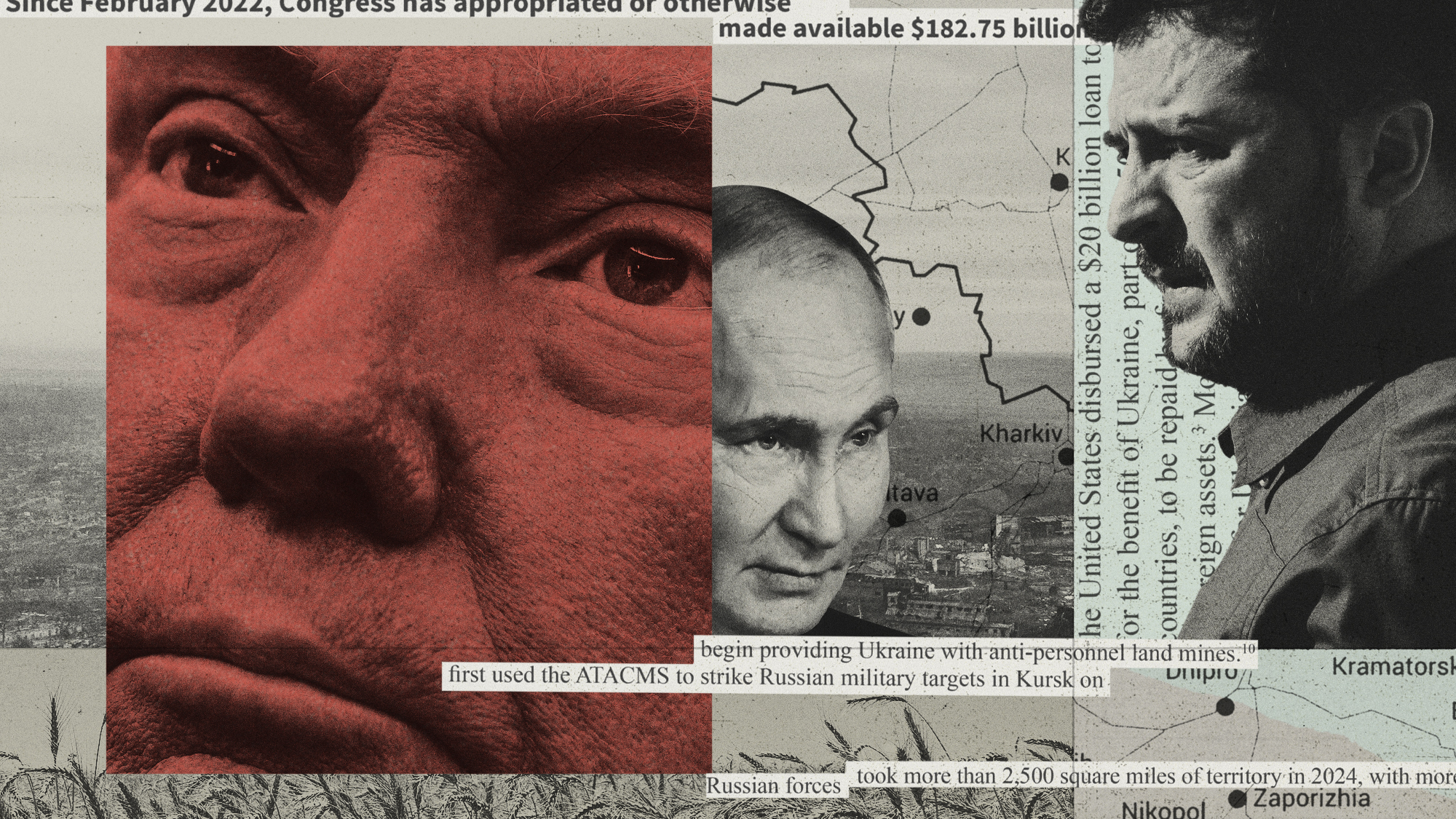 Ukraine: where do Trump's loyalties really lie?
Ukraine: where do Trump's loyalties really lie?Today's Big Question 'Extraordinary pivot' by US president – driven by personal, ideological and strategic factors – has 'upended decades of hawkish foreign policy toward Russia'
-
 What will Trump-Putin Ukraine peace deal look like?
What will Trump-Putin Ukraine peace deal look like?Today's Big Question US president 'blindsides' European and UK leaders, indicating Ukraine must concede seized territory and forget about Nato membership
-
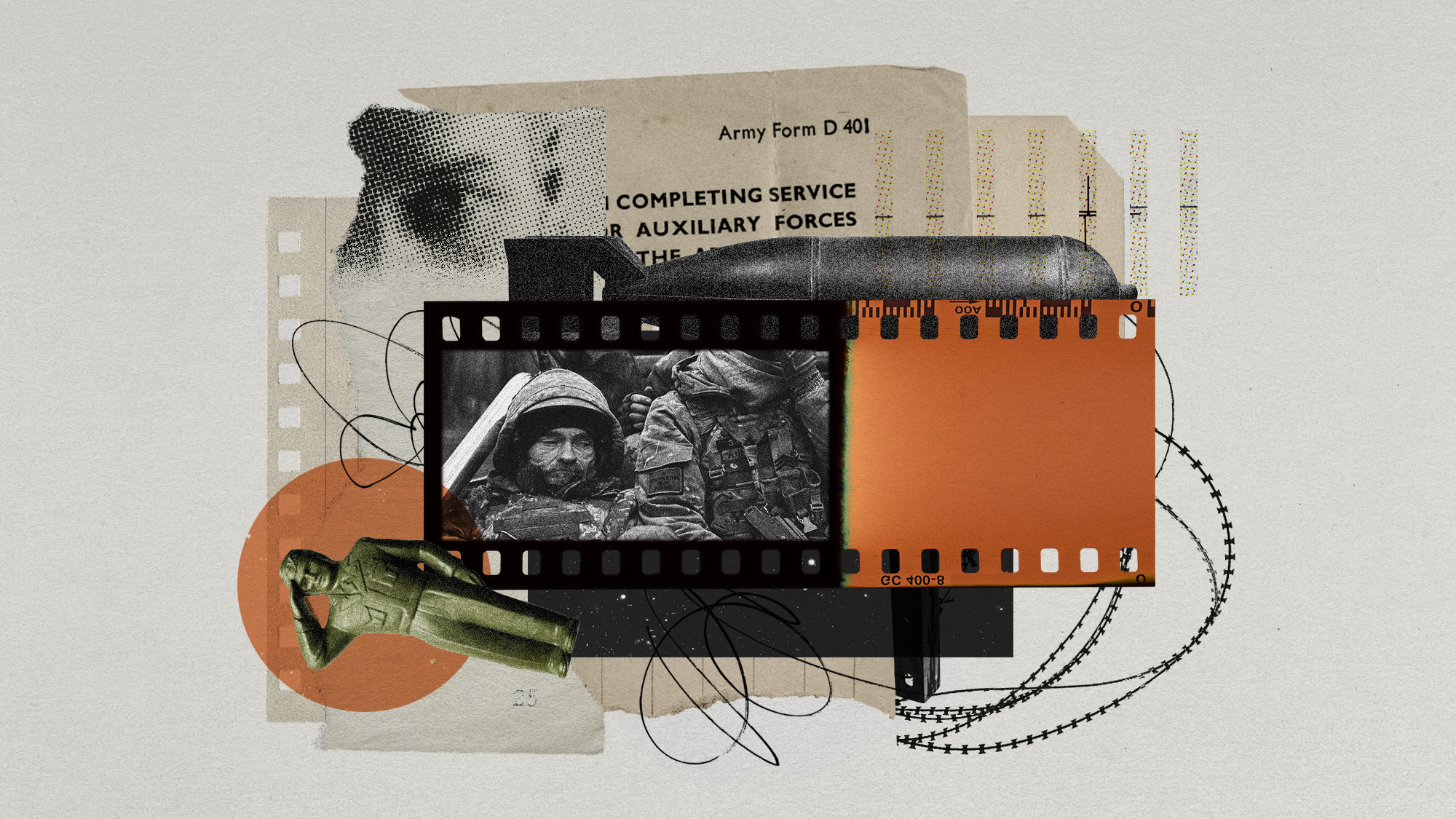 Ukraine's disappearing army
Ukraine's disappearing armyUnder the Radar Every day unwilling conscripts and disillusioned veterans are fleeing the front
-
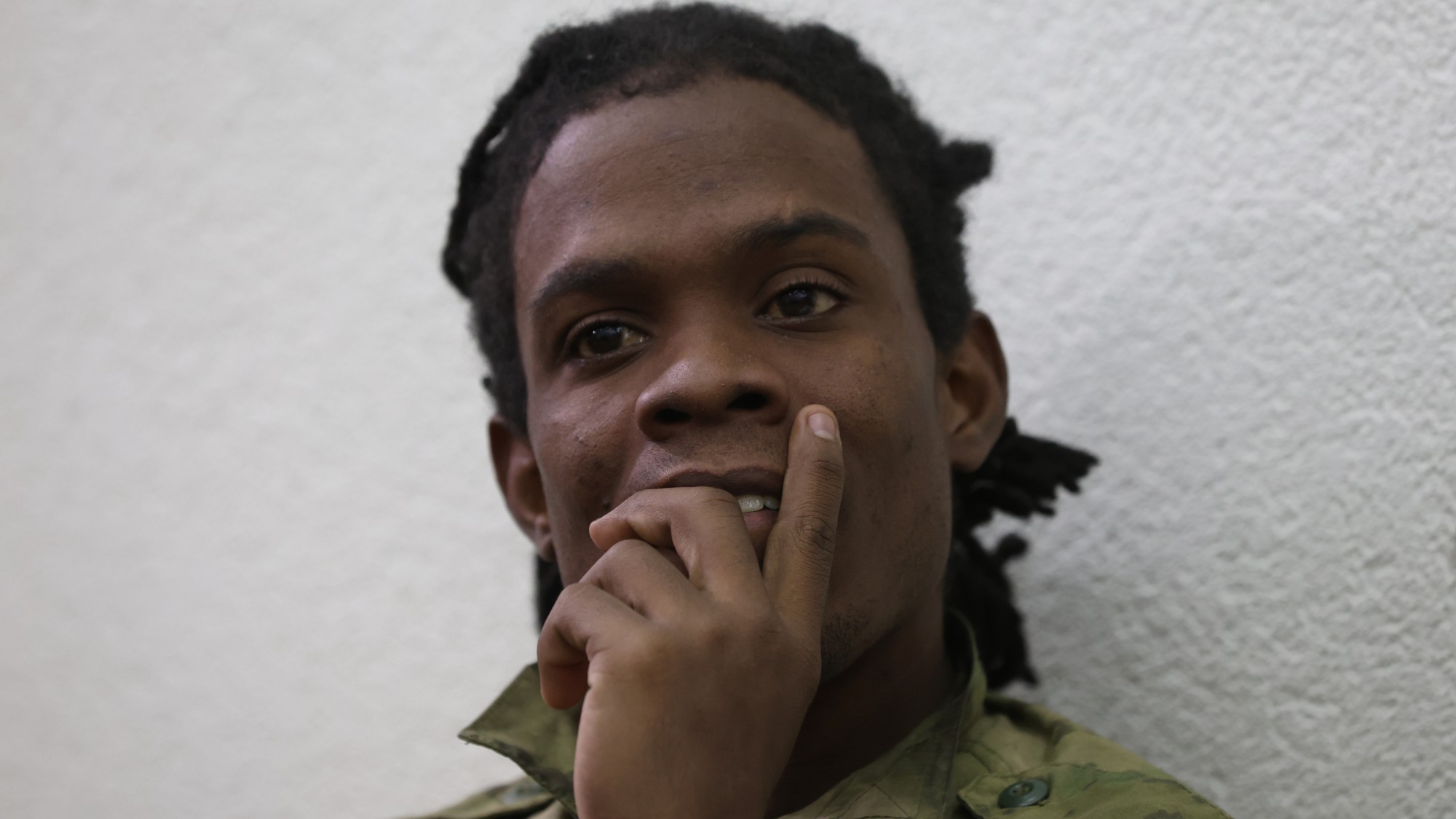 Cuba's mercenaries fighting against Ukraine
Cuba's mercenaries fighting against UkraineThe Explainer Young men lured by high salaries and Russian citizenship to enlist for a year are now trapped on front lines of war indefinitely
-
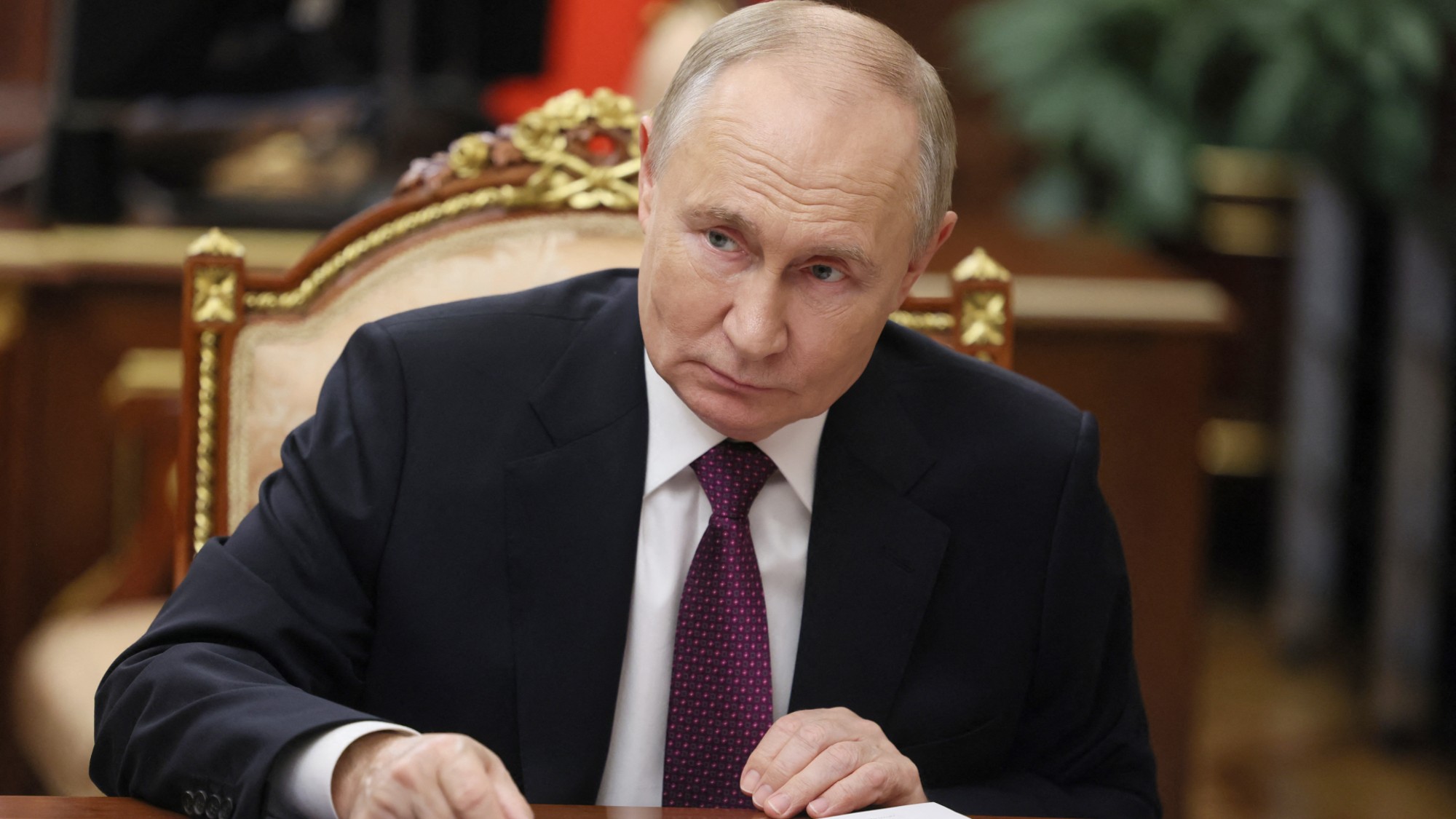 Ukraine-Russia: are both sides readying for nuclear war?
Ukraine-Russia: are both sides readying for nuclear war?Today's Big Question Putin changes doctrine to lower threshold for atomic weapons after Ukraine strikes with Western missiles
